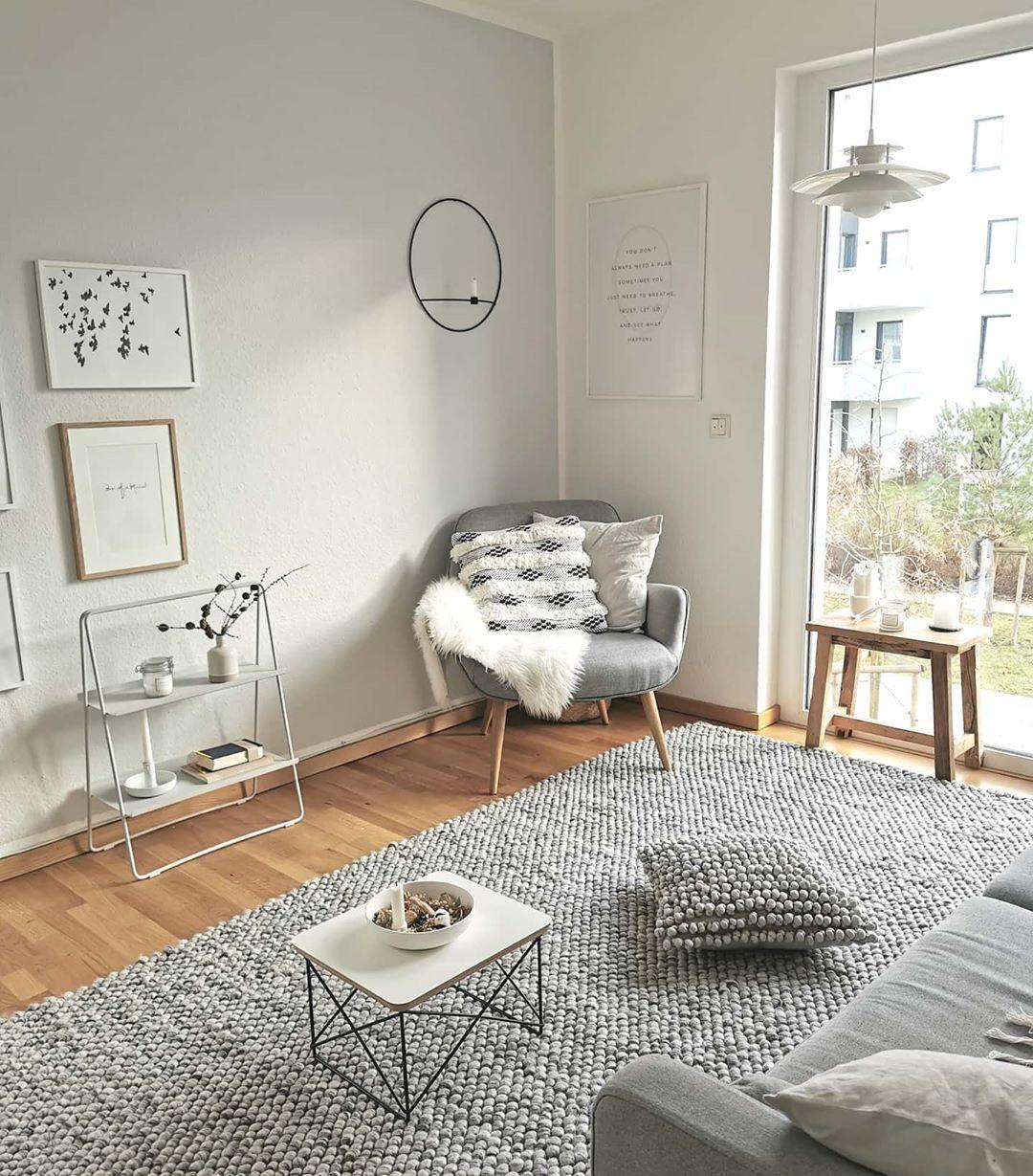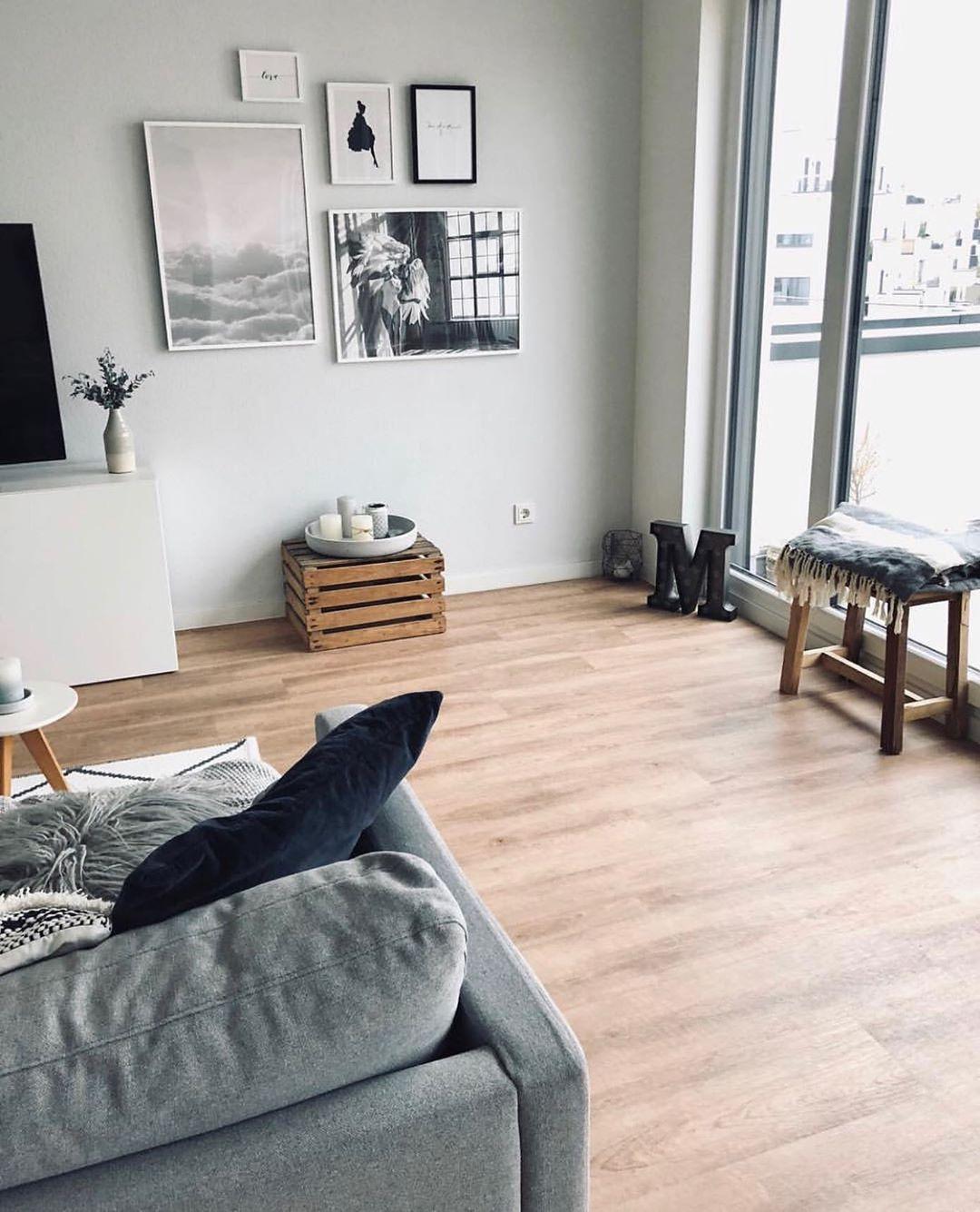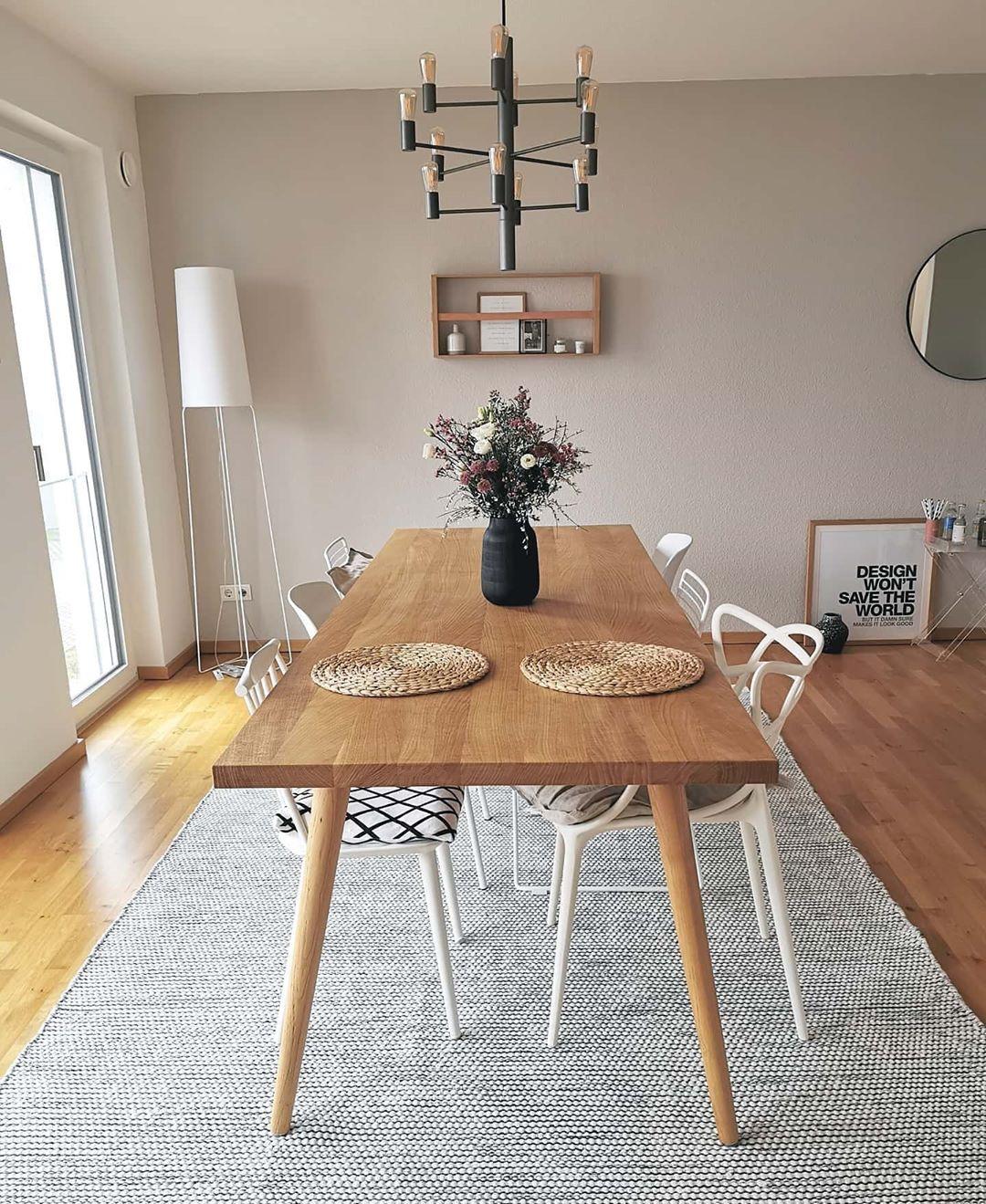
The Power of Scandinavian Simplicity in Design
Scandinavian design has long been revered for its clean lines, minimalism, and functional beauty. From furniture to architecture, Scandinavian design principles have influenced countless artists and designers around the world. The power of simplicity in Scandinavian design lies in its ability to create a sense of calm, harmony, and functionality. In this article, we will explore the key elements of Scandinavian simplicity and how it has become a powerful force in the design world.
The Origins of Scandinavian Design
Scandinavian design emerged in the early 20th century as a response to the ornate and heavy styles that dominated the era. Influenced by the principles of modernism and the arts and crafts movement, Scandinavian designers sought to create functional and affordable pieces that would enhance everyday life. The movement gained momentum in the 1950s and 1960s, with iconic designers like Arne Jacobsen and Alvar Aalto leading the way.

Minimalism and Functionality
At the core of Scandinavian design is the idea that less is more. The focus is on clean lines, simple forms, and functionalism. Furniture, for example, is designed with the intention of serving a purpose while also being aesthetically pleasing. This emphasis on functionality means that every piece has a specific role and is not cluttered with unnecessary ornamentation.

Simple Forms and Clean Lines
One of the hallmarks of Scandinavian design is its use of simple forms and clean lines. Furniture and objects are often characterized by their sleek, streamlined shapes, which give them a timeless appeal. This simplicity allows the objects to blend seamlessly into any space and creates a sense of balance and harmony.
Neutral Color Palette
Another key element of Scandinavian design is its use of a neutral color palette. Soft whites, cool grays, and warm earth tones dominate Scandinavian interiors, creating a calming and serene atmosphere. The use of these neutral colors allows the focus to be on the form and function of the objects rather than on bold or distracting colors.
Nature and Light
Scandinavian design is deeply influenced by the region's natural landscape and the importance of natural light. The long, dark winters in Scandinavia have led to a design philosophy that embraces light and brings nature indoors. Large windows, open floor plans, and the use of natural materials like wood and stone are common in Scandinavian architecture and interiors.

Bringing the Outdoors In
Scandinavian design often blurs the boundaries between indoors and outdoors. Large windows allow for ample natural light to flood the space, while the use of natural materials like wood and stone creates a connection to the surrounding environment. This emphasis on nature helps to create a sense of tranquility and harmony within the space.
Light and Airy Spaces
The importance of natural light is evident in Scandinavian interiors. Rooms are often designed to maximize the amount of sunlight that enters the space, creating a bright and airy atmosphere. This not only enhances the mood of the occupants but also provides a sense of spaciousness and openness.
Functionality and Practicality
Scandinavian design is known for its emphasis on functionality and practicality. Every piece of furniture or object is designed with a purpose in mind, making it both aesthetically pleasing and useful. This focus on functionality extends to the layout of spaces as well, with an emphasis on creating efficient and practical living environments.

Multi-functional Furniture
Scandinavian designers are masters at creating multi-functional furniture that maximizes space and enhances practicality. From storage solutions that double as seating to tables that can be expanded to accommodate more guests, Scandinavian design focuses on making the most out of every square inch.
Efficient Use of Space
With limited space in many Scandinavian homes, efficient use of space is crucial. Clever storage solutions, built-in shelving, and modular furniture are common features in Scandinavian design. These elements allow for a clutter-free environment and make the most of the available space.
The Influence of Scandinavian Simplicity
Scandinavian simplicity has had a profound impact on the design world. Its clean lines, minimalism, and focus on functionality have become sought after by designers and consumers alike. Here are a few ways in which Scandinavian design has influenced various design disciplines:
- Interior Design: Scandinavian design has become synonymous with modern interior design. Its emphasis on simplicity and functionality has inspired countless interior designers around the world. Scandinavian-inspired interiors often feature neutral color palettes, clean lines, and natural materials.
- Furniture Design: Scandinavian furniture design is highly regarded for its craftsmanship and timeless appeal. Iconic pieces like the Egg chair by Arne Jacobsen and the Paimio chair by Alvar Aalto have become design classics, sought after by collectors and design enthusiasts.
- Product Design: The principles of Scandinavian design have also influenced product design. From kitchenware to electronics, Scandinavian-inspired products often feature sleek and minimalist designs that prioritize functionality and ease of use.
- Architecture: Scandinavian architecture is known for its integration with nature and its focus on sustainable design. The use of natural materials, large windows, and open floor plans are common features in Scandinavian architecture.

Conclusion
Scandinavian simplicity is a powerful design philosophy that has stood the test of time. Its emphasis on clean lines, minimalism, and functionality has influenced designers and consumers around the world. By embracing simplicity, Scandinavian design creates spaces that are calm, harmonious, and practical. Whether it's through furniture, interiors, or architecture, the power of less is more is evident in Scandinavian design.
So next time you're looking to create a space that is both beautiful and functional, consider embracing the principles of Scandinavian simplicity. By focusing on clean lines, simple forms, and practicality, you can create a space that is timeless, serene, and truly unique.